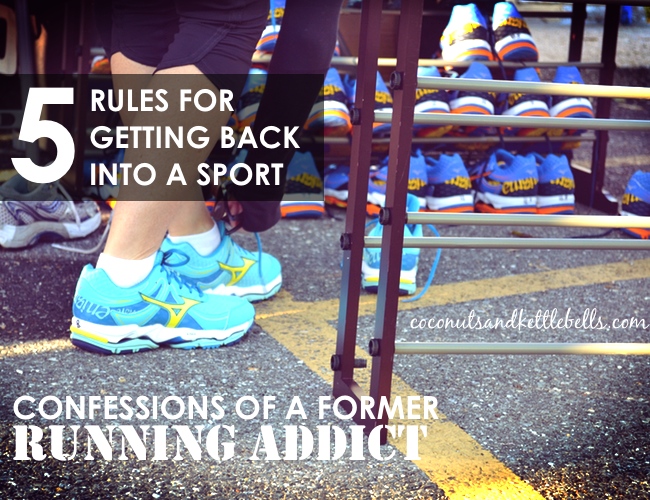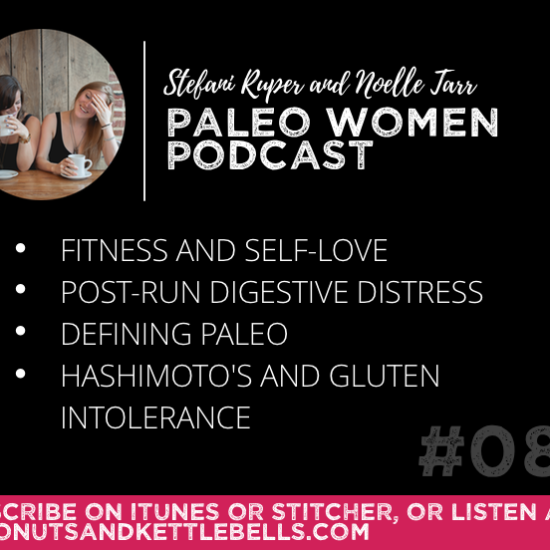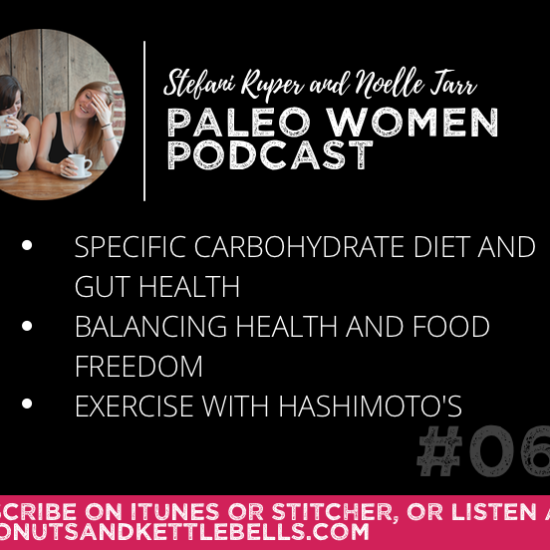This post may contain affiliate links. Please read our disclosure policy.

I have a confession to make.
I’m a former running addict.
My addiction, however, wasn’t entirely about the endorphins or the dopamine. It was about finding and maintaining my identity in being a runner. I loved the attention, the prejudice associated with the sport, and people’s wonderment when I’d casually mention “I ran 15 miles this morning.” It was the image I wanted for myself. Determined, in-shape, lean, and confident. The more I ran, the closer I thought I got to that reality. Overtime, I continually had to increase my “dose” to feel fulfilled, and I was only as good as my last long run.
And then, it all caught up with me.
I ran myself straight into a tall brick wall called overtraining. My adrenals were shot, I was dependent on carbohydrates and sugar, sick all the time, emotionally a wreck, and I had a magnitude of injuries – one which sidelined me for over a year.
That was almost 6 years ago.
After recovering from my injuries, I decided to cut the ties and officially break up with the “long run.” As much fun as we’d had together and all the places we’d been, our relationship was over. I started pursuing a new way to fitness – a much more balanced approach which included working on imbalances, functional fitness movements, lifting and sprint work. And since then, I’ve been stronger, faster, leaner and more powerful than I’ve ever been in my life.
I must admit, I’ve attempted to rekindle my love for running again multiple times in moments of relapse. I see old race photos (thanks Facebook) of my relationship before the break-up and sign myself up for the local 5K that weekend, determined to it run hard and have fun doing it. Or, as I head out for interval work, I remember the long workouts I used to do at the track and I get a little flutter of excitement thinking I might experience a fleeting interaction once again with my former lover.
And guess what?
I don’t. And I HATE it.
Like capital H-A-T-E.
How the HELL did I ever “love” running? Now look, I’m no stranger to experiencing pain. CrossFit, German Body Comp training, and Spinervals Cycling videos have taken me to levels of pain I never thought imaginable. But running? It’s a different, more annoying kind of burn. And it’s boring. And I feel so DAMN SLOW!
The truth is – there are many of us living in this state of reminiscence. We’ve had former relationships with running (or other sports) whether it was in high school, in our years before a family and kids, prior to injury or before we “found” CrossFit. We secretly pursue it every now and again… hoping to experience the same exhilaration we once felt. And it’s just never the same.
At some point, most of us will reach a day when we’re ready to re-engage. We know it won’t be the same, but we’re ok with that because we appreciate what our body does for us now and that our level of activity before wasn’t health-promoting in the first place. And for me, I’ve reached that day.
I’m going on a date with running again. (OMG…NOT HIM AGAIN?!)
It’s true. Because “running” has become so painfully boring, unpleasant, and challenging – I’m in a good place to dedicate a short season of my life to improving my efficiency, endurance, form and speed in the sport. And best yet, I found an amazing reason to engage with running again beyond personal fulfillment.
Maybe like me, you’re in a place where you’d like to get back into your “sport” again – running, triathlon, soccer, swimming, tennis, lifting, or something else. It was your “thing” and you’re scared to get back into it because you’ll suck, never be as good as you once were, or don’t want to get injured again. To make the experience with your former love a good one, I’ve put together 5 “rules” to follow when re-engaging with a sport. And yes, I’ll personally be following each one of these.
5 Rules for Getting Back into a Sport
1. Write down your goals immediately. Writing down your goals will keep your emotions in-check when you’re in the thick pursuing your sport again – and suck at it, miserably. Your goal should be realistic to the you now. Is it to have fun? Work on skill or technique? Complete a race or participate in an adult league game without injury or overtraining? Once you deviate from that goal, it’s time to take a step back. Make sure you share your goals with someone else for accountability – not only to maintain your motivation to accomplish the goal, but to keep you from getting irrational and trying to be the superstar you once were.
2. Keep the balance. You most likely got injured or stopped doing your sport because you did it too much. As you start to integrate your sport back into your life – keep it simple, short and intentional. Make a schedule for yourself that includes continuing to do what you enjoy doing now for fitness (walking, CrossFit, Yoga, etc.) with the addition of a couple sessions a week doing your sport. Make sure your training sessions are performed within the context of the Human Fitness Template. Remember – your goal shouldn’t be to PR, but to interact with your sport in a health-promoting way.
3. Do it for others. Whenever you get the opportunity, do your sports for others. There are hundreds of charities to connect with and ample opportunities to raise awareness for a cause you’re passionate about through running events, triathlons, or sports tournaments. I’ve chosen to do a race in my favorite city – the New York City Half Marathon to keep it special, fun, and exciting. I’ve also decided to run for an amazing organization – Team “Racing for Veterans” – a non-profit organization that creates opportunities for wounded veterans to participate in athletics, races, and adaptive sports as part of their rehabilitation. In short – I’m not doing it for myself anymore, I’m doing it for them.
4. Stop competing with the 21-year-old you. We all have numbers, paces, and personal “bests” in our head relating to what we once were. Before starting anything, accept the fact that you’re not there anymore. You now have things like a full-time job, a family and kids, an overload of emotional stressors, and structural imbalances due to prior injuries or the general “wear and tear” of life. If you can’t accept this fact, you’re not ready to re-engage with your sport.
5. Stop competing with other current 21-year-olds. You’re not 21 anymore. They are. Remind yourself that a fast switchback in a game may mean a muscle “pull” for them – but a severe “tear” for you. Treat your body with respect and what it’s done for you to bring you where you are today. I am not saying you can’t be stronger and healthier than you were in your “prime,” but that it will only come with a balanced approach to human fitness that doesn’t involved doing any one sport at a high, technical level.
Do YOU have any tips or guidelines to getting back into a sport you once loved? Share below!
Keepin’ it human,




